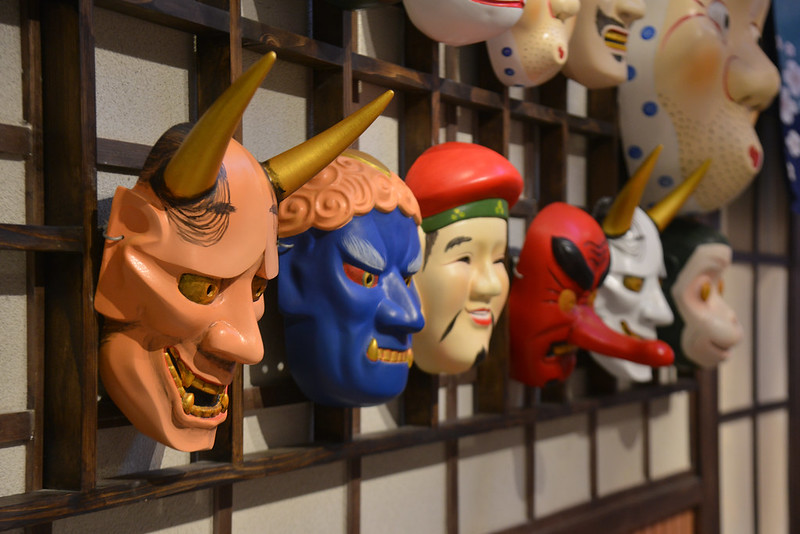
Kabuki Theater: Japan’s Traditional Dance-Drama
Kabuki is one of Japan’s classic theatrical arts known for its dramatization of the conflicts of human emotions in ordinary life. Kabuki is interpreted as “the art of singing and dancing.” The term is further said to have come from the word “kabuku,” which means “to be out of the ordinary.” Hence, this dance-drama is further interpreted as “bizarre” or avant-garde” theater.
Beginnings
Kabuki was more popular among common people than with the upper social classes in Japan. It dates back to 1603 when Izumo no Okuni, who was believed to be a miko or “shrine maiden” in one of Japan’s ancient Shinto shrines, performed dances in the riverbeds of Kyoto to dramatize a story. Decades later, in the Edo Period (1629-1673,) women were prohibited from performing and yarō kabuki (cross-dressed male actors) took on the female roles.
Kabuki performance Daughter Dojoji.
The Genroku era (1673 -1841) was the golden age of kabuki. During this time, Japan encountered many changes, including opening its doors to the West in 1868. This influenced Japanese culture and kabuki itself. Kabuki plays gained structure and developed important style elements.
Odori-keiyō Edo-e no Sakae by Toyokuni Utagawa III, depicting the July 1858 production of Shibaraku.
The Stage
Kabuki plays explored such sentiments as love, moral conflicts, and historical events. Actors speak in monotones and are usually accompanied by the shamisen, biwa, and other traditional Japanese musical instruments. The rotating stage is known as kabuki no butai. It is built with trap doors that allow the players to suddenly appear and disappear. Footbridges called hanamichi, built to lead actors through the audience area, are another trademark of a kabuki stage.
Kabuki’s Versatility
Presently, kabuki is one of the most popular traditional dramatization styles that considers Japanese culture. Many of the modern kabuki actors extend their skills beyond theater and also appear in film and television
Several kabuki performances are held in Shinbashi Enbujō (Shinbashi Playhouse or Shinbashi Theater) in Tokyo’s Ginza neighborhood, as well in the National Theater in Miyakezaka.
Check out this kabuki video.


